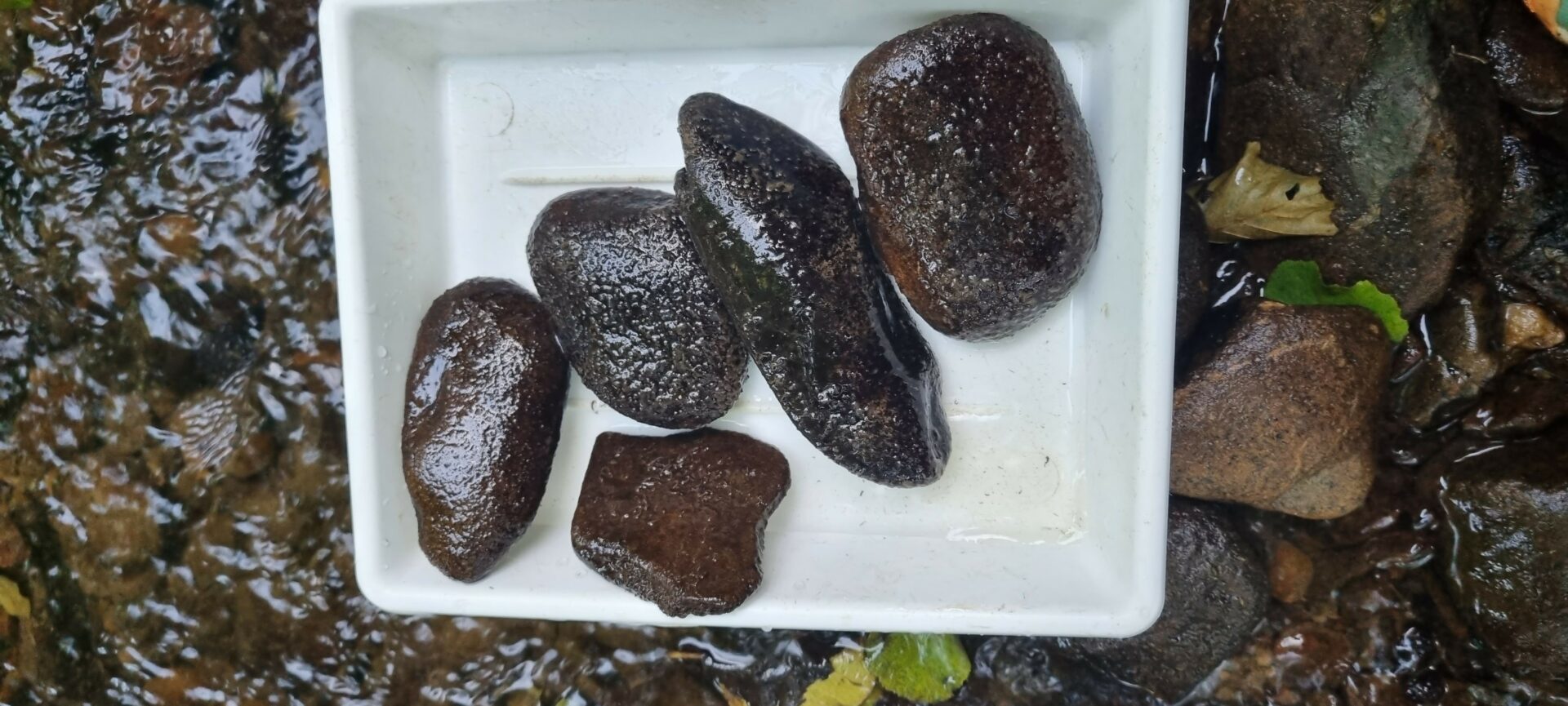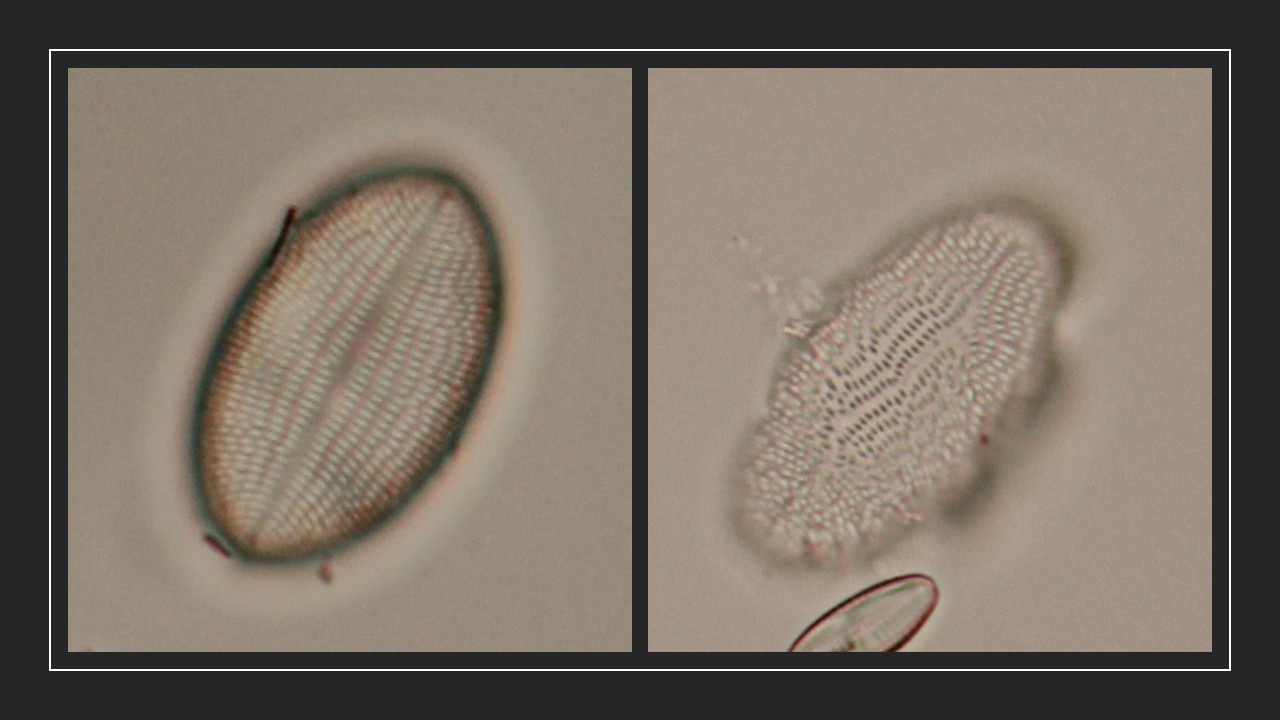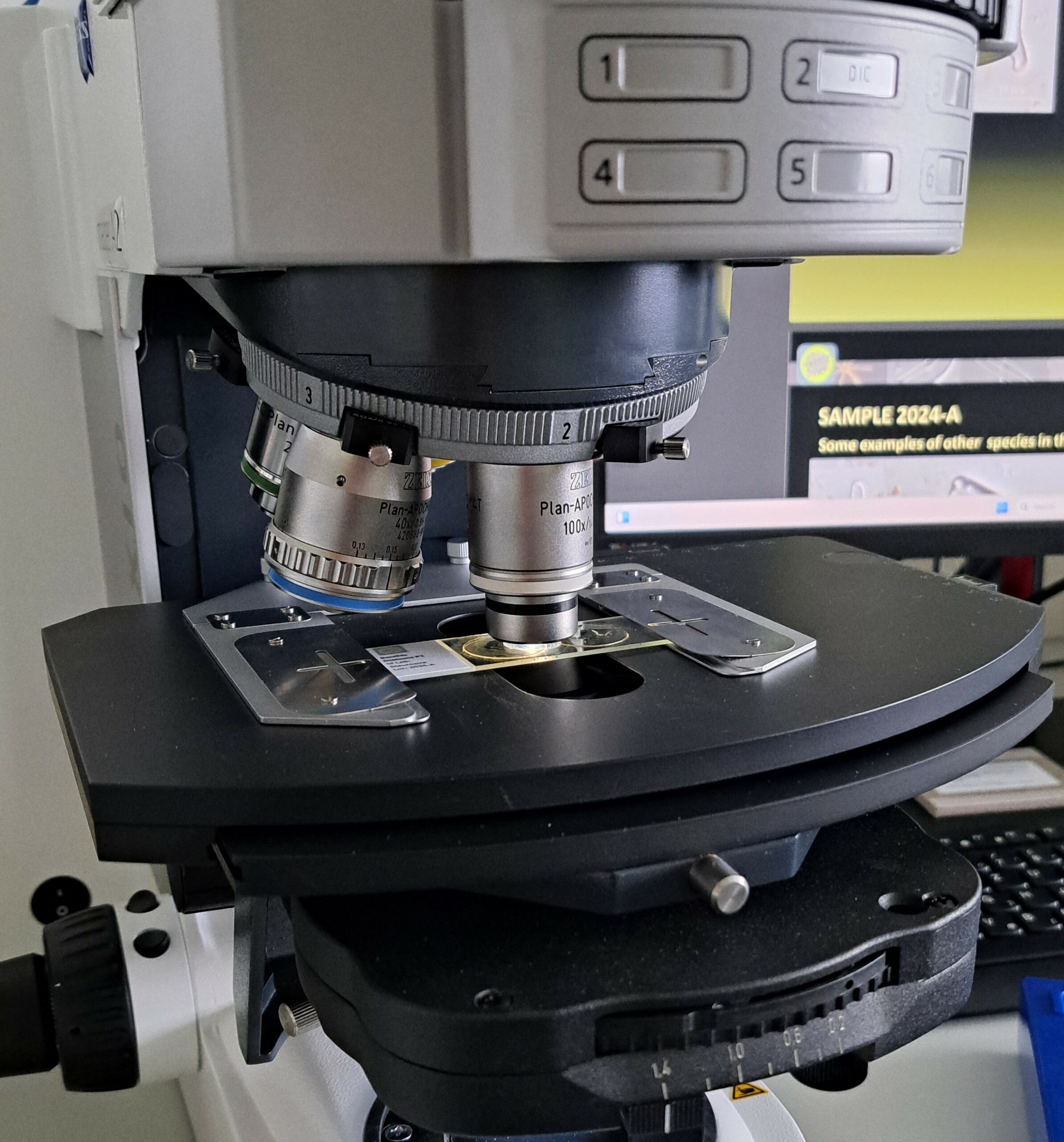Diatoms respond to metal concentrations in aquatic ecosystems


Phytobenthos is one of the five biological elements in rivers and lakes used to assess the ecological status of water and includes all groups of algae and cyanobacteria in the biofilm (periphyton). Nevertheless, in Croatia only the group of diatoms is used to assess the ecological status of surface waters. The diatom community reflects the physico-chemical properties of flowing and stagnant waters and is a reliable indicator of changes in the aquatic environment, such as eutrophication, salinisation, acidification and the influence of thermal water.
In addition to the above-mentioned influences on diatom communities, there has recently been great interest in studying their relationship with metals in the aquatic environment. This is due to the increasing anthropogenic influences caused by the growing demand for energy, intensive agriculture and industry, leading to an increased input of toxic metals into the ecosystem.
Throughout their life cycle, diatoms accumulate metals and thus play a crucial role in their biogeochemical cycles. Essential metals (potassium, calcium, magnesium, iron, manganese, copper, zinc, molybdenum and nickel) are required by diatoms for their growth and development and are crucial for the proper functioning of physical processes within the cell. Non-essential metals (lead, cadmium, mercury), on the other hand, have no proven physiological significance.
However, elevated concentrations of certain metals such as cadmium or lead can have harmful effects that manifest themselves in changes in the freshwater diatom community and at the individual level and can affect the physiology and morphology of the diatoms. At the individual level, teratological forms develop, which usually include changes in the shape, size and ornamentation of the cell (the arrangement of striae or areoles) as well as changes in cellular processes (e.g. photosynthesis). When it comes to the effects on community structure, species with greater tolerance or resistance become dominant compared to species of the reference community. Consequently, an increased metal concentration also leads to a decrease in biodiversity. The intensity of the harmful effects depends on the type and amount of metal present. The ability to activate cellular defence mechanisms probably plays a key role in the restructuring of diatom communities under the influence of elevated metal concentrations.
Recently, the availability of sequenced genomes has provided important data for understanding the processes involved in the response to metal stress. However, recent studies focussing on these mechanisms have shown that the relationship between the different species and the intensity of their responses is quite complex and that further studies using molecular, biochemical and cellular tools are needed for a better understanding of these functions.
Regular monitoring of the biological element phytobenthos in surface waters by the “Josip Juraj Strossmayer” Water Institute has so far not detected a significant number of teratological forms of diatoms that would indicate the effects of elevated metal concentrations in the watercourses of the Republic of Croatia. Given the detrimental effects of elevated metal concentrations on the growth, development and composition of biological communities, systematic monitoring of water quality is of utmost importance in order to recognise changes in the environment in time and subsequently take appropriate measures to protect aquatic ecosystems.

Teratological and unmodified form of the species Cocconeis placentula var. euglypta.

Teratological and unmodified form of the species Achnanthidium delmontii.

Analysis of the samples with a microscope.